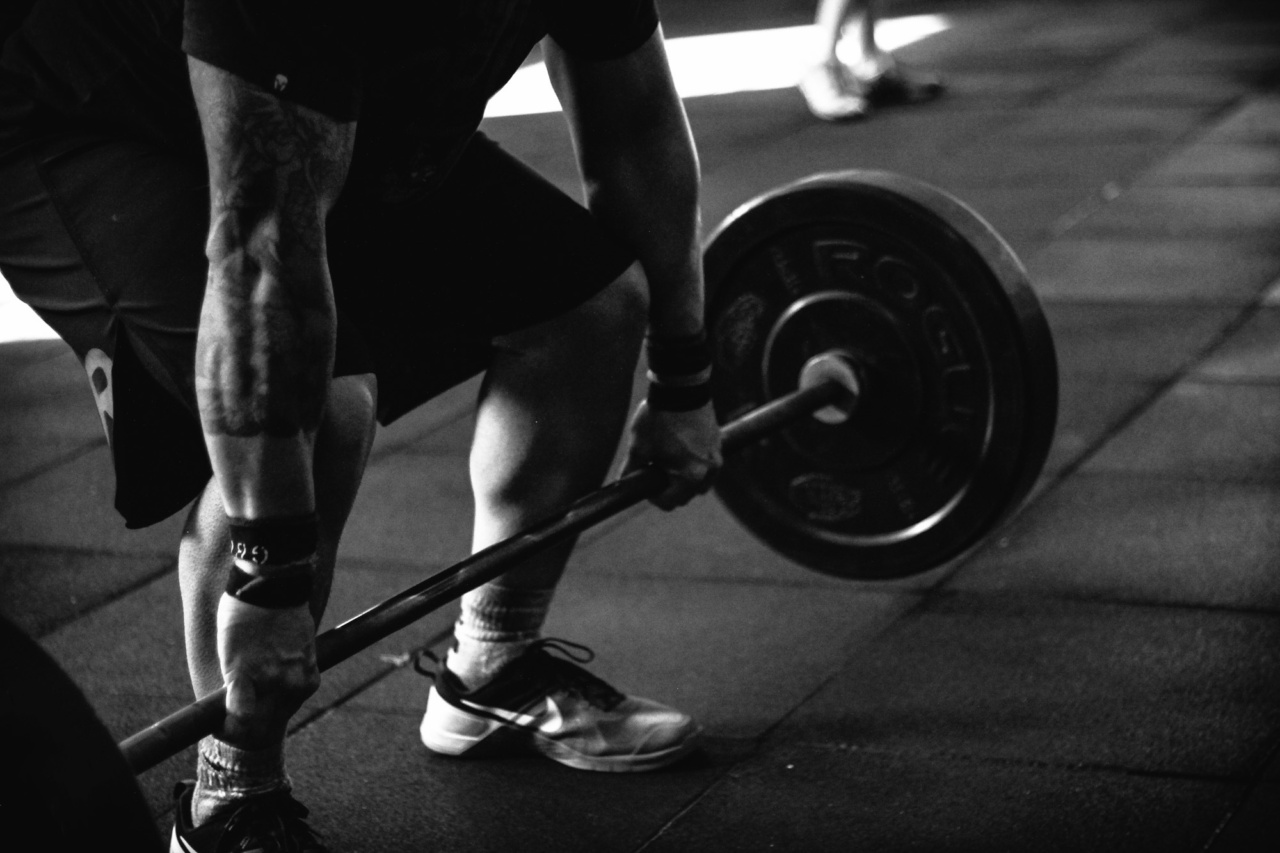When it comes to physical fitness and exercise, weight lifting is one of the most effective ways to build strength, muscle tone, and improve overall health.
While many people tend to focus on the amount of weight lifted, recent research suggests that the speed at which we lift weights may also play a crucial role in our long-term health and longevity. In this article, we will explore the relationship between faster weight lifting and longer life, delving into the scientific evidence and providing practical tips for incorporating speed into your weight lifting routine.
What is Faster Weight Lifting?
Faster weight lifting, also known as explosive or accelerated lifting, involves lifting weights or resistance at a faster pace than traditional lifting.
It is not just about the speed of movement but also about generating more force and power during each repetition. This type of training goes beyond slow and controlled movements, seeking to maximize the muscles’ capability to contract quickly and forcefully.
Longevity and Muscular Power
Studies have shown that muscular power, which is a combination of strength and speed, is a significant predictor of longevity and functional ability as we age.
Maintaining muscle strength alone is not enough; the ability to generate force explosively is equally important. Muscular power declines with age, largely due to the loss of muscle mass and a decrease in fast-twitch muscle fibers.
Research Supporting Faster Weight Lifting for Longevity
A growing body of research suggests that faster weight lifting can have numerous benefits for longevity. Here are some key findings:.
1. Improved Metabolic Health
A study published in the Journal of Strength and Conditioning Research found that faster weight lifting led to significant improvements in metabolic health markers such as insulin sensitivity and glucose metabolism.
These improvements can have a positive impact on long-term health and reduce the risk of conditions like type 2 diabetes and cardiovascular diseases.
2. Enhanced Bone Density
Weight lifting is already recognized as a powerful stimulus for increasing bone density and preventing osteoporosis. Researchers have found that faster weight lifting can further enhance these effects.
A study published in the Journal of Aging and Physical Activity showed that postmenopausal women who engaged in explosive resistance training had greater gains in bone mineral density compared to those who performed traditional lifting exercises.
3. Increased Muscle Mass
Faster weight lifting has been shown to stimulate greater muscle activation and recruitment compared to slower lifting speeds. This increased muscle activation can lead to greater gains in muscle mass.
A study published in the European Journal of Sport Science reported that individuals who performed faster lifting movements had higher muscle cross-sectional area and greater muscle thickness compared to those who performed slower movements.
4. Boosted Cardiovascular Health
While cardio exercises like running and cycling are traditionally associated with cardiovascular health, weight lifting has also shown significant benefits.
Faster weight lifting has been linked to improvements in heart rate variability, which is an indicator of heart health and overall fitness. Researchers found that explosive weight lifting caused a greater increase in heart rate variability compared to normal-speed lifting, suggesting a positive adaptation of the cardiovascular system.
5. Enhanced Functional Performance
Faster weight lifting not only helps build muscle strength but also improves functional performance.
Research conducted on older adults demonstrated that explosive resistance training resulted in greater improvements in activities of daily living, such as getting up from a chair or climbing stairs, compared to traditional resistance training.
Tips for Incorporating Faster Weight Lifting into Your Routine
If you’re interested in incorporating faster weight lifting into your routine, here are some practical tips to get you started:.
1. Gradually Increase Speed
Start by gradually increasing the speed of your repetitions. Ensure proper form and technique while maintaining control over the weight. As you become more comfortable, aim to lift the weight explosively while maintaining good form.
2. Focus on Power Exercises
Include power exercises like the clean and jerk, snatch, and box jumps in your workouts. These exercises require fast and explosive movements, helping develop muscular power and coordination.
3. Utilize Resistance Bands
Resistance bands are a great tool for practicing and improving speed in your weight lifting. Attach them to barbells or dumbbells to add extra resistance during your lifts, forcing you to exert more power during each repetition.
4. Train with a Partner or Coach
Having a partner or coach can provide valuable feedback and guidance when incorporating faster weight lifting into your routine. They can help ensure your technique is correct and provide motivation during intense training sessions.
5. Warm-up Adequately
Prior to engaging in explosive weight lifting, it’s crucial to warm up your muscles and joints properly. Incorporate dynamic stretches and light cardio exercises to increase blood flow and prepare your body for the intense workout ahead.
The Balance of Speed and Safety
While faster weight lifting can provide numerous benefits for longevity and overall health, it’s important to strike a balance between speed and safety.
Prioritize proper form and technique to avoid injuries, and gradually increase your speed over time as you become more comfortable and confident in your abilities.
Conclusion
Faster weight lifting is an effective approach to enhance muscular power, improve metabolic health, boost bone density, increase muscle mass, and promote cardiovascular health.
Incorporating explosive movements into your weight lifting routine can have significant benefits for longevity and functional performance as you age. Remember to start slowly, focus on proper technique, and gradually increase your speed to ensure a safe and effective workout.





























